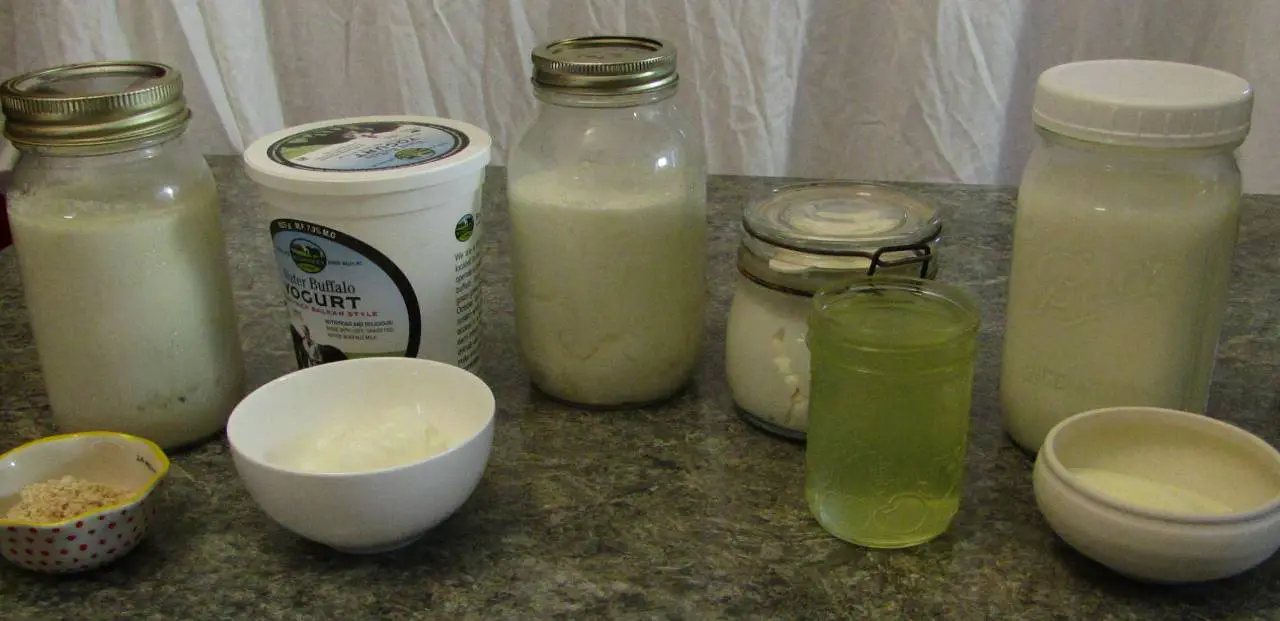This post contains affiliate links.
To make high protein yogurt you have a few choices, you can remove some of the low protein content components, add protein from external sources or use milk which is naturally high in protein. You also have the option of using one or more of the following ways of increasing the protein content of your yogurt, depending on your goals.
Remove some of the whey (make greek yogurt)
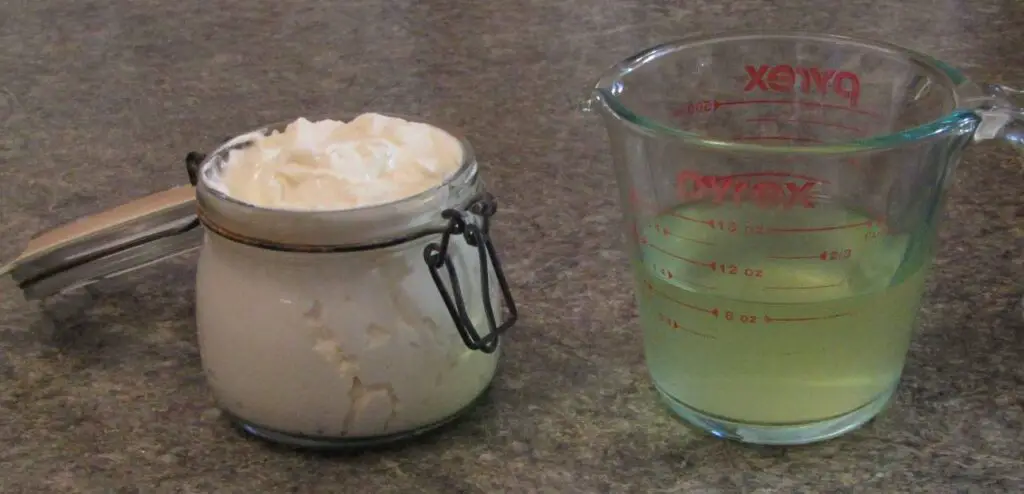
The claim to fame of greek yogurt is that it is thick and creamy. Its texture is sought after for adding it to thick sauces like tzatziki or added to a bowl of fruit but another benefit of greek yogurt is its higher protein concentration.
To make greek yogurt you remove some of the whey from the incubated milk. Since the whey has a lower concentration of protein than the solids the protein concentration of the yogurt increases.
The protein content in cow’s milk is 3.4% whereas the percentage of protein in whey is only 0.8%. As a result of removing the lower protein whey the remaining yogurt will have an increased concentration of protein. In mathematical terms this means that if you remove half of the whey of your yogurt you will essentially double the protein concentration of the yogurt.
The more whey which is removed the higher the protein percentage in the yogurt. If you want to make super high protein yogurt, remove more of the whey by hanging it longer or even pressing it into hard cheese, for instructions on how to make hard yogurt cheese check out this recipe. Although it uses Kefir you can do the same with yogurt, it makes for a creamier cheese which is less crumbly.
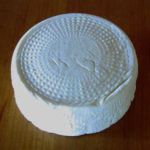
As a result you will end up with two components of yogurt. The high protein solids in the form of greek yogurt or yogurt cheese and a container of low protein whey. The whey can be used in baking, soups and sauces.
Use high protein milk to make your yogurt
It may come as a surprise but not all dairy milk has the same amount of protein content. This is true in the various milk fat content of milk. In the table below is a list of the various types of milk which can be used to make yogurt and the percentage of protein in each.
| Milk type | Protein percentage |
| Whipping cream | 2.0% |
| Whole milk | 3.0% |
| 2% milk fat | 3.25% |
| Skim milk | 3.4% |
| Table cream | 3.6% |
| 1% milk fat | 3.6% |
| Goat milk | 3.6% |
| Buffalo milk | 3.7% |
| Sheep milk | 6.0% |
As you can see the percentage of protein in milk varies quite a bit depending on the type of milk you choose. Cow’s milk is not naturally homogenized so it can be separated by its fat content simply by letting the fat rize to the top and skimming it off. Other species of mammals produce milk which does not separate which is used to make yogurt, cheese and other dairy products.
The benefit of using high protein milk is that you can decide how much protein you want depending on the type of milk. There are no additional steps to take. You can also further increase the protein content by hanging your yogurt to concentrate the protein in the yogurt.
Make high protein yogurt with milk powder
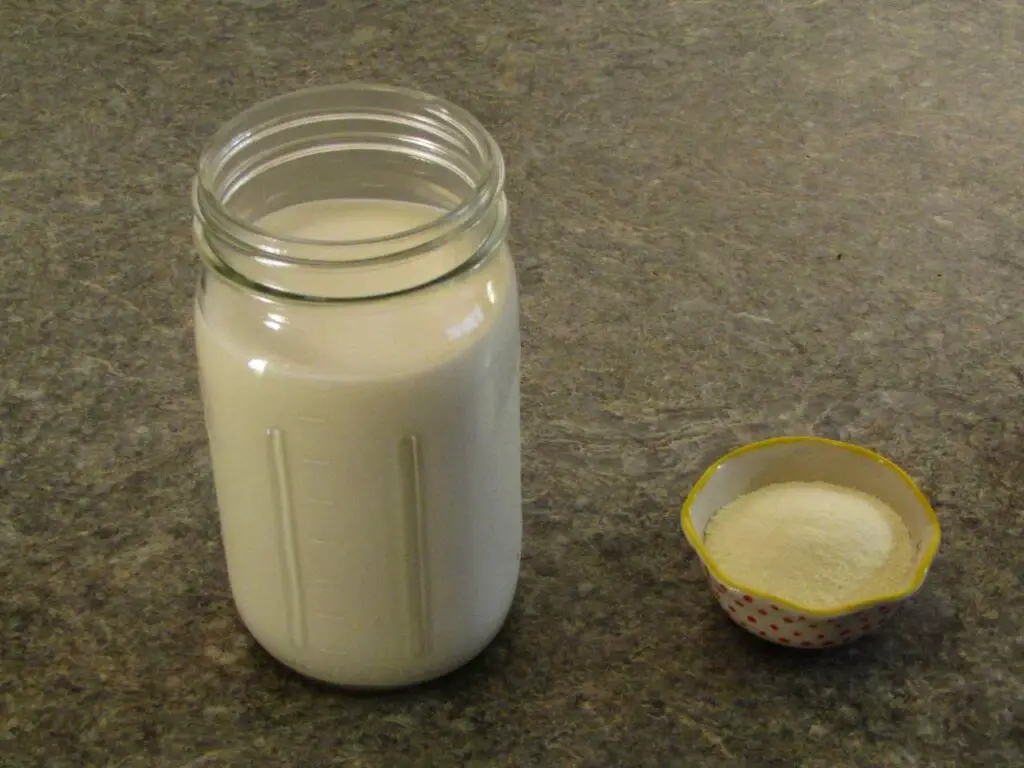
Commercial yogurt uses modified milk ingredients, usually milk powder, to thicken and provide additional structure to their yogurt and as a result the amount of protein in their yogurt is higher. You can use this same method to increase the amount of protein in your homemade yogurt.
To make skim milk powder, skim milk is heated and sprayed into a thin mist. The heat in the evaporation chamber removes the water from the milk and a fine powder falls to the bottom of the chamber. This removes most of the water and concentrates the remaining components in the milk, including the protein. Skim milk powder contains about 26 grams of protein per 100 grams of milk powder.
It is best to add the milk powder before you heat the milk. This will help the protein in the milk powder to be amalgamated into the milk. Since it is the proteins in the milk which provide the gelling effect during incubation, having properly dissolved milk powder in the milk helps the yogurt to thicken more and also improves the texture. For detailed instructions on how to make yogurt using milk powder read “3 Easy Ways To Make Powdered Milk Yogurt“.
Add protein powder to the milk prior to incubation
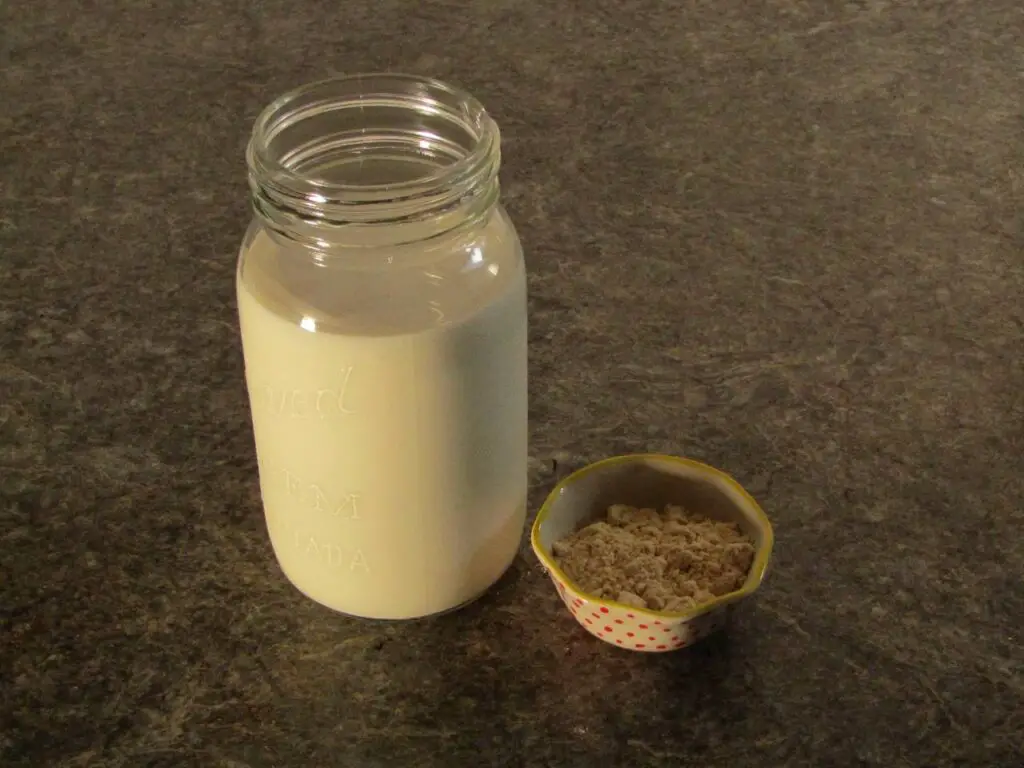
Adding protein powder to the milk prior to incubation helps the protein in the powder to associate with the milk protein. Protein powders come in a wide variety of types from many different sources. There are other options such as whey protein powder from cheese making, plant based protein powder from soybeans, peas or hemp.
Non-milk based protein powder will add an additional flavor to the yogurt which can be detected in the yogurt so if you want to use these only make a small amount the first time. Once you have ascertained whether you like the flavor or are able to get used to it you can make bigger batches.
To use protein powder add it to the milk prior to heating it. This will help the powder to dissolve properly and can help the protein in the powder to gel better during fermentation. Some proteins don’t associate easily with others, heating the milk can denature them enough to be chemically available. To understand why the heating of protein improves the yogurts texture checkout this article here.
Evaporate some of the water prior to incubation
One of the ways of increasing the protein content of yogurt is to remove some of the low protein components of the milk. The lowest fat content component is water which makes up about 87% of milk. To remove this water in the home you have one option which is to evaporate some of the water off before you incubate it.
It is recommended that milk is heated to 180℉(82℃) before it is inoculated (To learn more about why check out this article here). The heating of the milk will naturally remove some of the water from the milk through evaporation. To remove more water maintain the temperature at 180 for 20-30 minutes this will allow more water to evaporate leaving behind milk which will have a higher protein content.
To capitalize on this for making high protein yogurt leave the lid off of the pot and stir the milk regularly. This will increase the amount of water which is evaporated off of the milk and prevent scorching and sticking.
Another option to evaporating some of the water off yourself you could add some condensed milk to your milk prior to heating it. Condensed milk is made by evaporating much of the water out of the milk and then canned to make it shelf stable. Condensed milk has about 7 grams of protein per 100 grams making it a good shortcut to doing it yourself.

